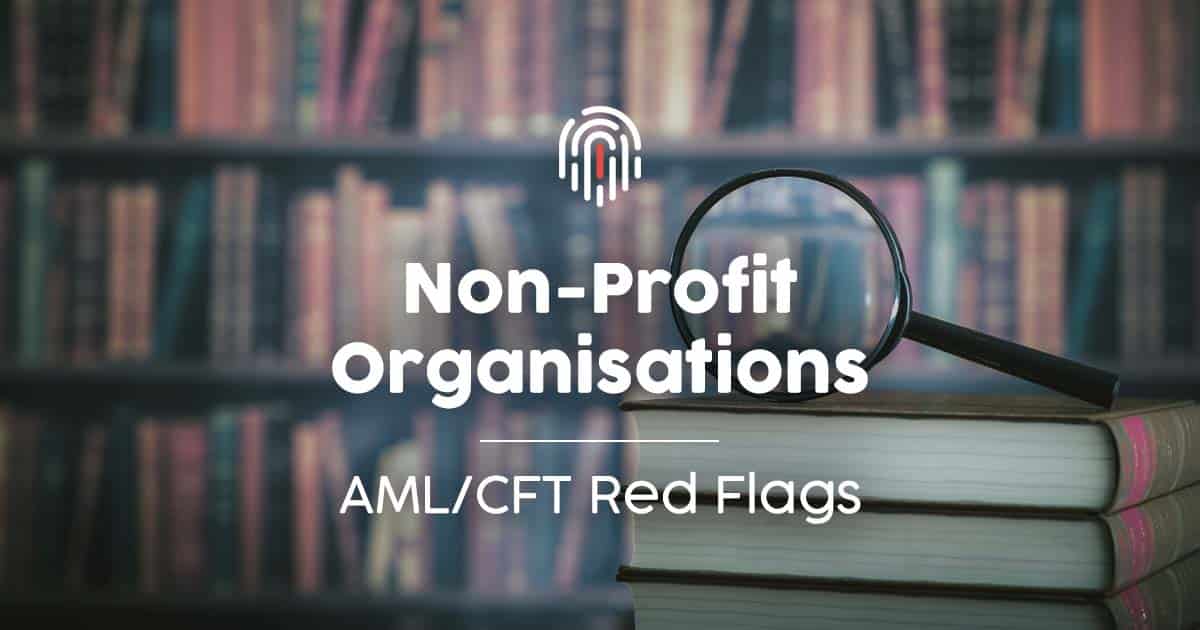
Explore the Library
- NPO treasurer or employee withdraws cash from the NPO account and then deposits it into a personal account, before diverting the funds to a suspected terrorist’s account.
- Media reports the NPO is linked to known terrorist organisations or entities that are engaged, or suspected to be involved, in terrorist activities.
- Parties to the transaction (for example: account owner, sender, beneficiary or recipient) are from countries known to support terrorist activities and organisations.
- Funds sent from large international NPOs based in high-risk countries, to their branches in regional countries, are channelled to local NPOs based or operating in domestic conflict areas.
- An NPO sending funds to multiple entities (individuals and companies) in a high-risk country.
- NPO raises funds from a major public event and then authorises a third party to be a signatory to the NPO account, who uses it to send funds to high-risk countries.
- Unusual or atypical large cash withdrawals, particularly after the financial institution refuses to wire NPO funds overseas (thus raising cross-border cash smuggling suspicions).
- Transactions, including international and domestic transfers, with NPOs that contain terms associated with violent extremism and other terrorist ideologies;5 for example, ghanimah or fai/fay (justified stolen funds) and mujahid/mujaheed/mujahideen (the term for one engaged in Jihad).
- Vague justifications and a lack of documentation when the financial institution questions NPO requests to transfer funds to high-risk locations or entities.
- Use of NPO accounts to accept funds from suspected terrorists and their associates (based on law enforcement agency alerts on persons of interest).6
- Transactions (cash and transfers) involving key personnel of foreign NPOs associated with United Nations Security Council designated terrorist entities.
- NPO transactions for which there does not appear to be a logical economic purpose or link between the NPO’s stated activities and the other parties in the transaction.
- NPO uses crowd funding and social media to solicit donations, then its online presence vanishes or shuts down.
- NPO’s account shows signs of unexplained increases in deposits and transaction activity.
- NPO is unable to account for the final use of all its funds/resources.
- NPO uses unnecessarily complex banking arrangements or financial networks for its operations, particularly overseas.
- NPO, or NPO representatives, use falsified or conflicting documentation.
- Inconsistencies between the pattern or size of financial transactions and the stated purpose and activity of the organisation.
- Unexpected absence of contributions from donors located in the country.
- Large outgoing transactions to the country of origin of NPO directors who are foreign nationals, particularly if the country is high risk.
- NPO appears to have few or no staff and limited or no physical presence, which is at odds with its stated purpose and scale of financial activity.
- NPO funds commingled with personal/private or business funds.

Leave a Reply